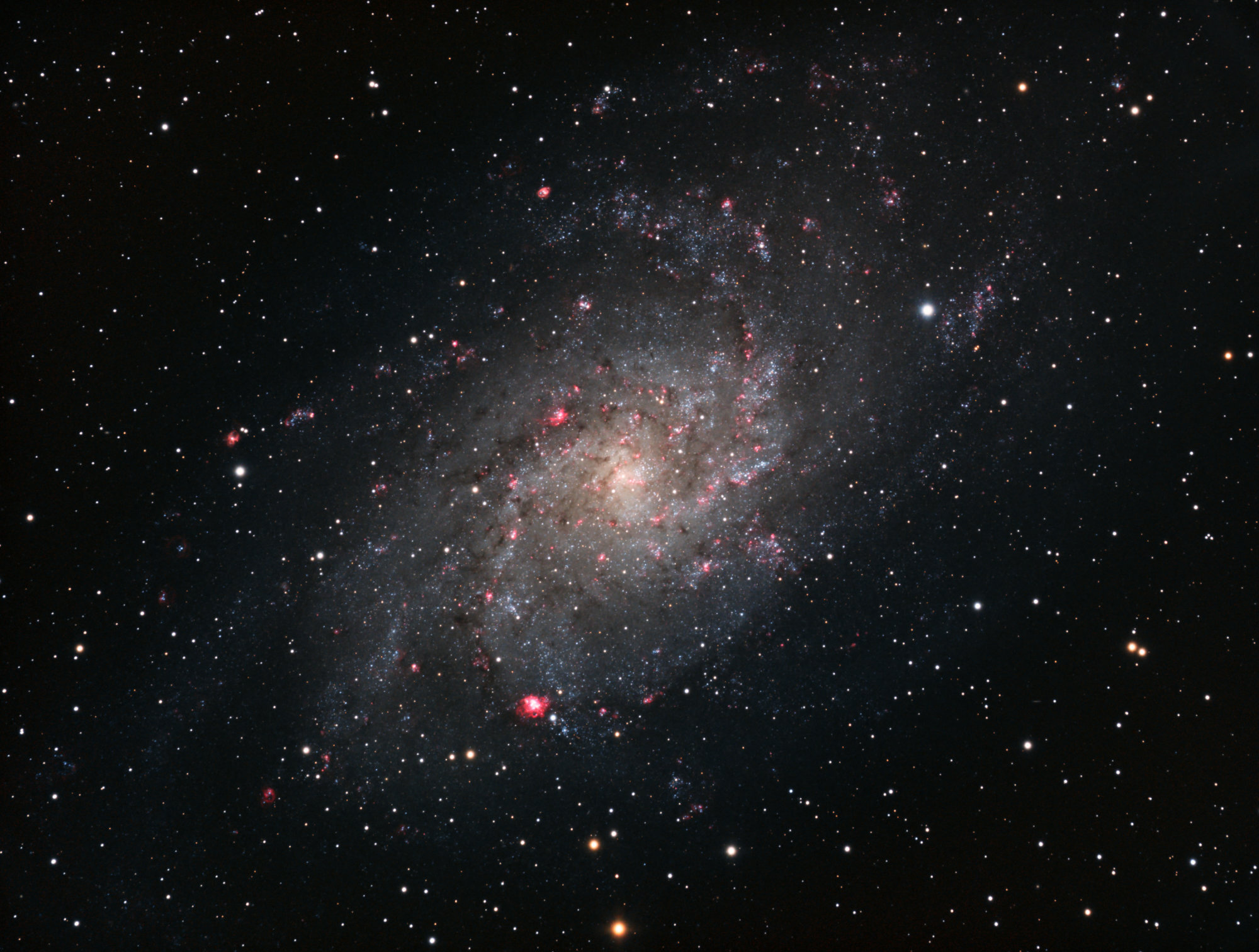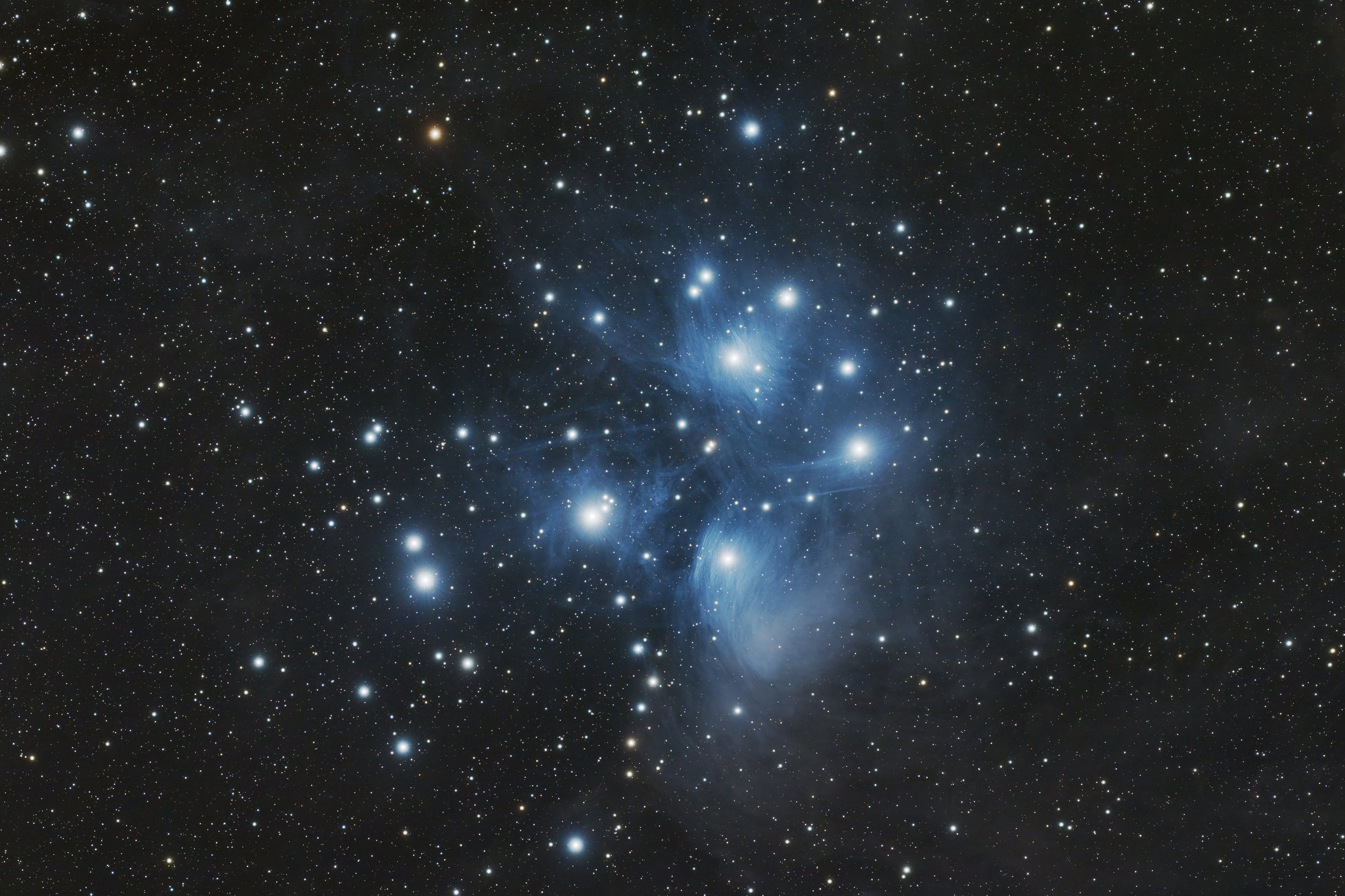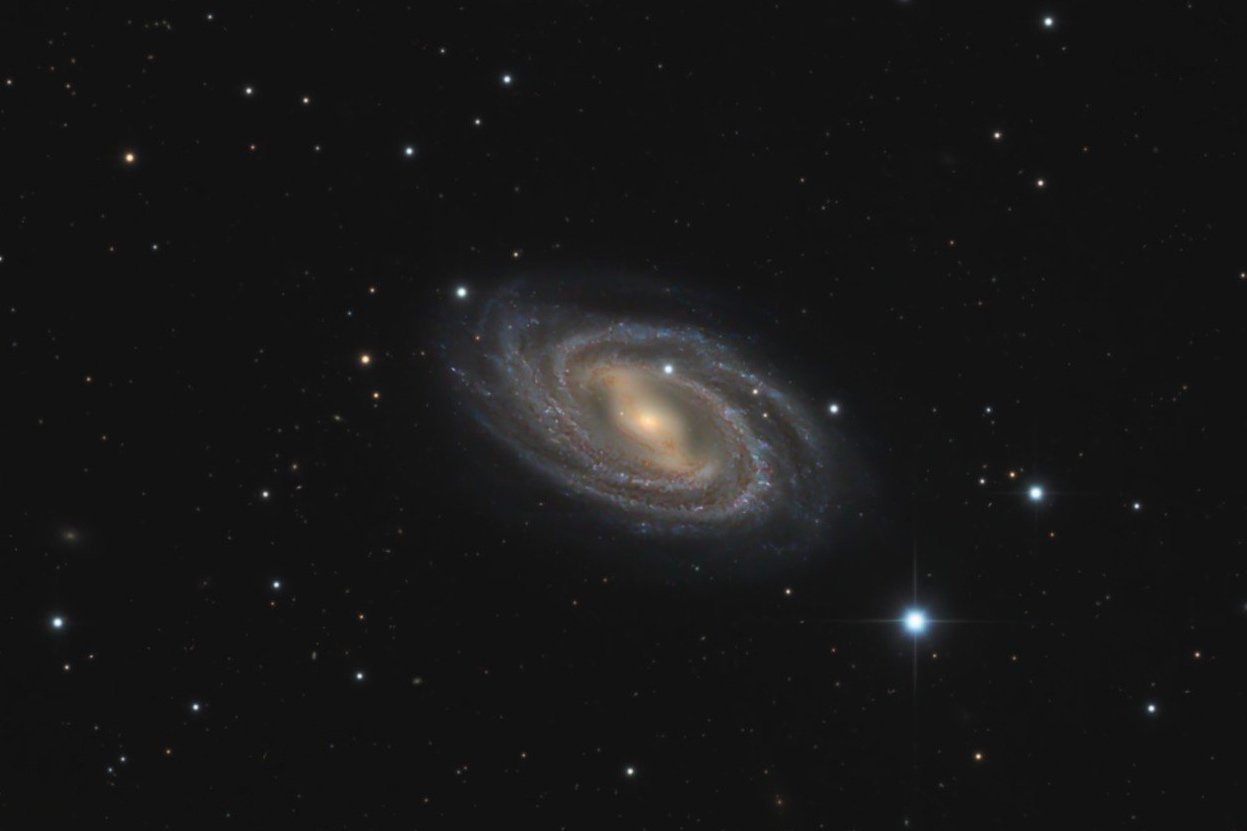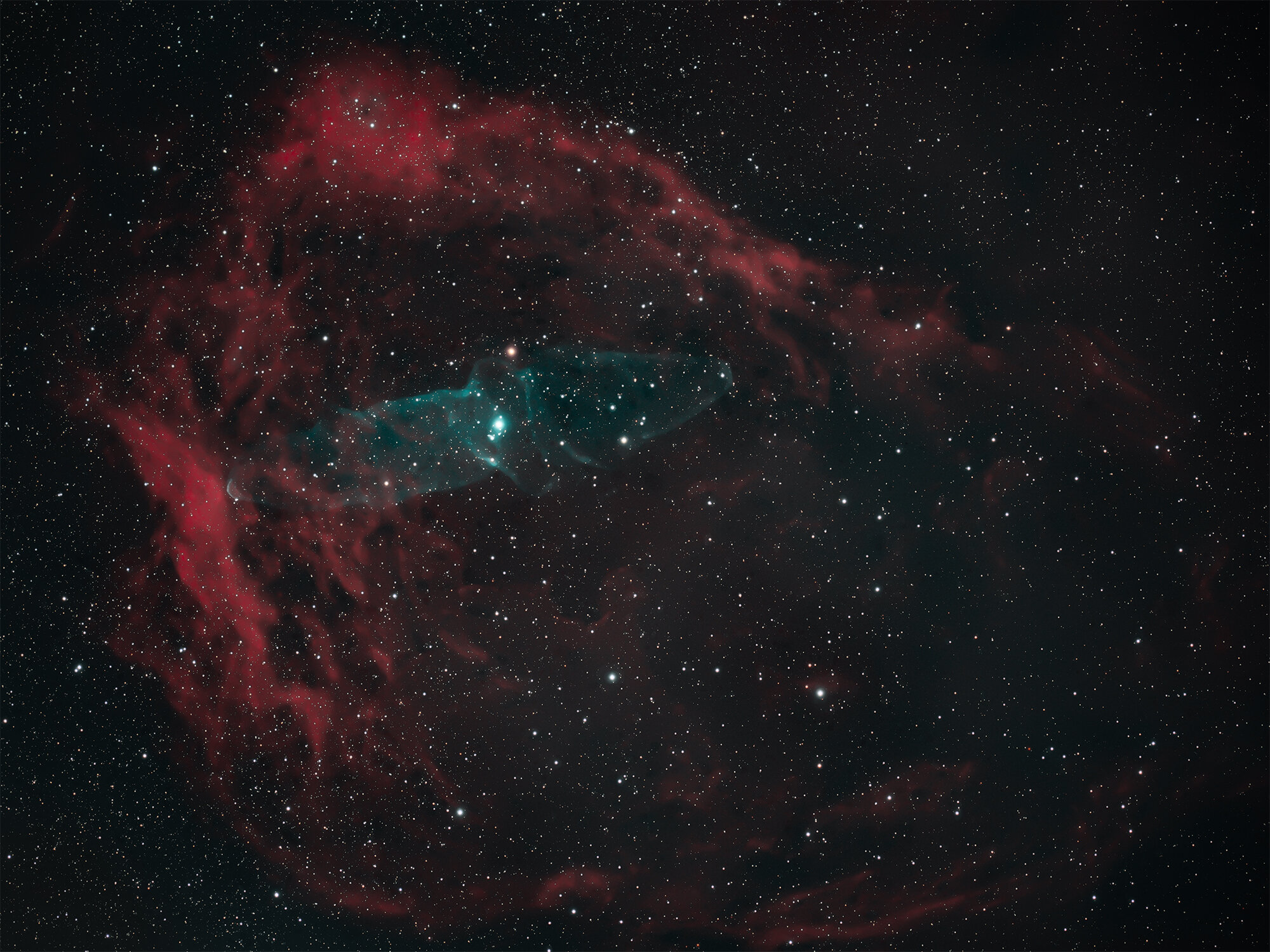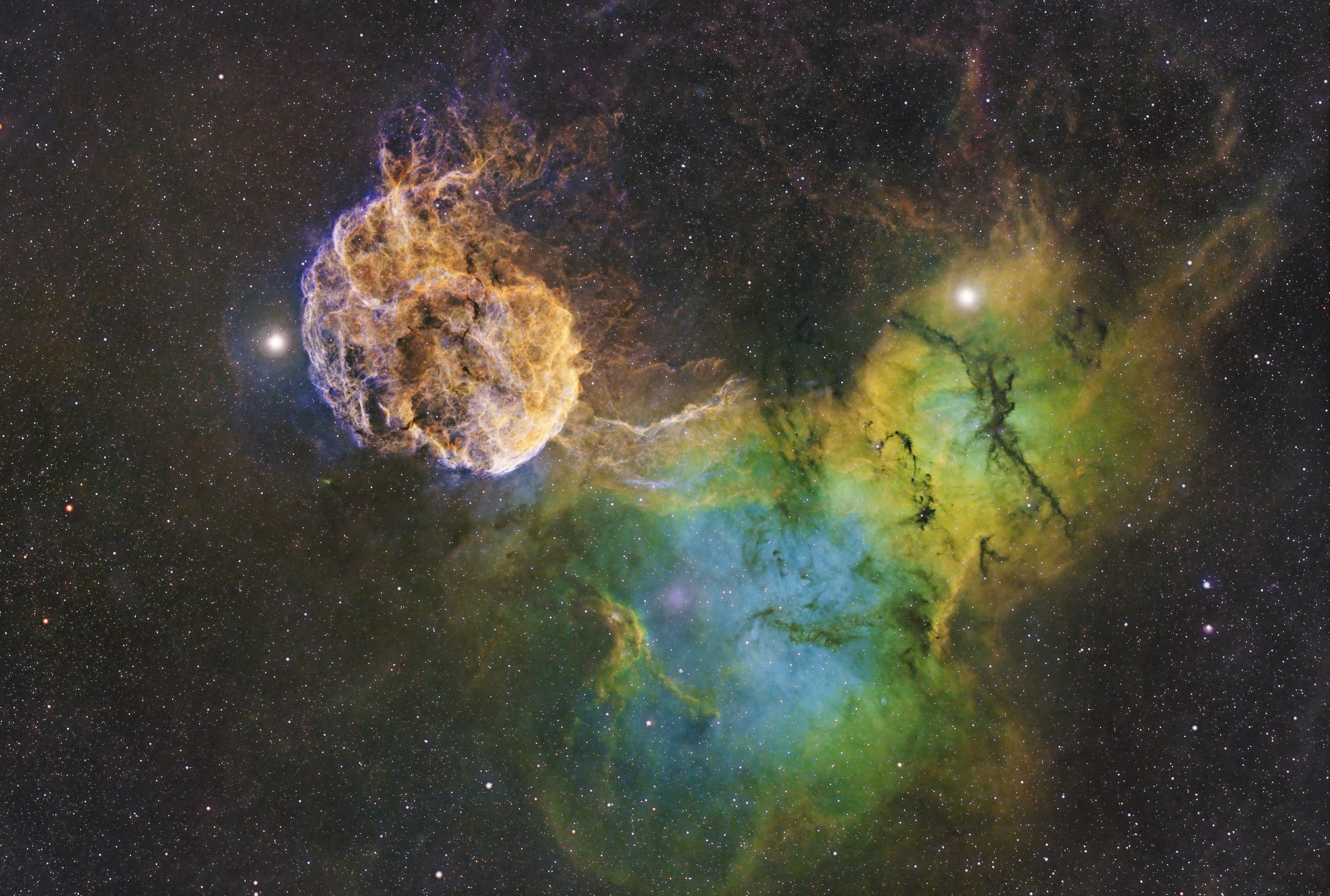
Catalogues
Grouped and ranked by catalogue number
Click here to see them organised by object type

Messier
The Messier catalogue is probably the best known catalogue of astronomical objects. It contains 110 objects, mainly galaxies and clusters, all visible from the Northern hemisphere. The catalogue was published by the French astronomer Charles Messier in 1781. Messier was particularly interested in comets. He created this list of ‘non-comets’ as a list of objects to not look at and/or confused by. Nowadays it is a very popular list used by amateur astronomers to observe and photograph.
M1
M3
M4
M5
M9
M10
M13
M15
M16
M27
M31
M32
M33
M34
M35
M36
M37
M39
M42
M44
M45
M48
M51
M52
M53
M56
M57
M61
M63
M64
M65
M71
M74
M76
M77
M79
M81
M82
M92
M94
M95
M96
M97
M101
M102
M103
M106
M109
M110
Sharpless
The Sharpless catalogue is a list of emission nebulae that have particularly strong HII regions. The list contains 313 objects and was published by the American astronomer Stewart Sharpless in 1959. Often the list is referred to as Sharpless-2 to distinguish it from an earlier version released in 1953 that contained 142 objects. All Sharpless objects have a declination higher than -27º, so can be observed from most of the Northern Hemisphere. The images are often taken using narrow-band filters as either H-alpha, HOO, or SHO images.
Caldwell
The Caldwell catalogue was published in 1995 by the English amateur astronomer Sir Patrick Caldwell-Moore. The list contains 109 galaxies, clusters and nebulae. It was specifically designed for observing/imaging with most targets being relatively bright. While Messier is the more popular catalogue, the Caldwell list is probably a more rewarding list of objects. The objects span both Northern and Southern hemisphere and are ranked based on declination. For my location objects with a Caldwell number of 60 and higher cannot be photographed from the backyard.













